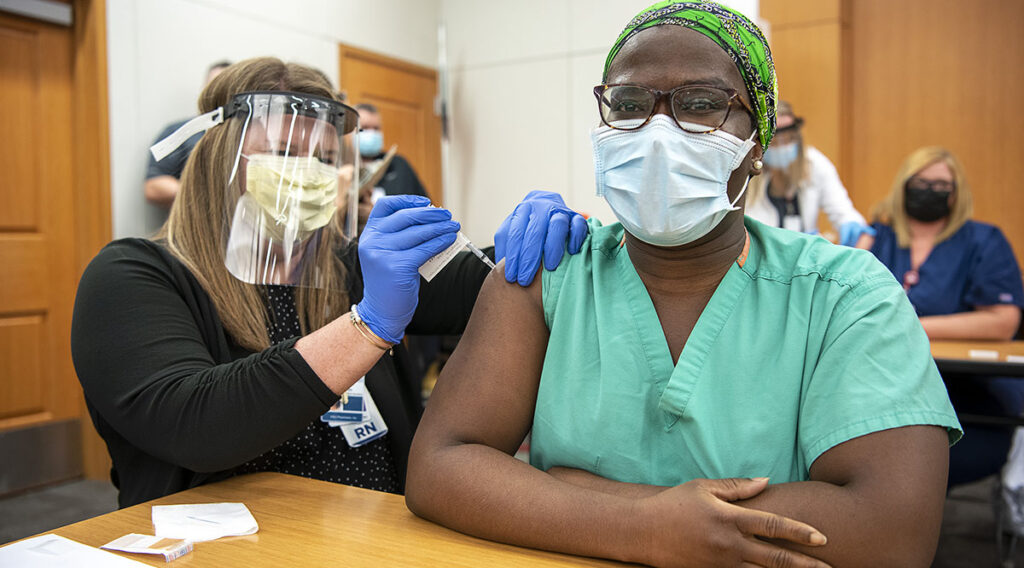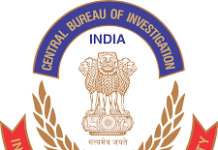
On January 16, 2021, Prime Minister Narendra Modi announced that the first phase of India’s COVID-19 immunization effort would cover the country’s frontline and healthcare professionals by July.
However, the Union health ministry confirmed on June 10 that while 82% of healthcare professionals had got at least one dose, just 56% had received both. Similarly, 85% of frontline workers had got at least one dose, with 47% receiving both doses.
According to the authors of a study of nearly 9,000 healthcare workers conducted at Christian Medical College in Vellore, some of them were unable to receive the second doses “at first due to vaccine shortages and, later, despite vaccine availability, due to changes in guidelines on the interval between doses.”
The manufacturing capacity had been overstated by both the Indian government and the vaccine manufacturers. By mid-March, the government had exported 58 million doses to 70 countries, and by late April, it had exported 66 million pills to 94 countries. India began experiencing supply concerns in March after the immunization campaign began in earnest.
At the same time, the government extended immunization eligibility to those aged 45 and older in April, and to those aged 18 to 44 in May.
Additionally, there were challenges with the vaccine registration system as well as a changing immunization policy. On the first point, the CoWIN portal has been chastised for making the registration process far more difficult for those who are not digitally savvy.
While local manufacturers were unable to keep up with the rate of vaccination, the only other vaccine in India’s drive, Russia’s Sputnik V, was also in short supply.
Vaccine apprehension characterized the first two or three months of the vaccination campaign, particularly about Covaxin, which India’s drug regulator had licensed without data from its phase 3 clinical trials.
Because of their exposure to patients with COVID-19, healthcare professionals are at a higher risk of catching the virus. According to the Indian Medical Association, 1,300 healthcare workers have died of COVID-19 since the pandemic began, with over 600 of them dying in India’s second wave.
The Supreme Court, as well as other lawmakers and independent experts, were outraged by the underlying moral and ethical difficulties. Following that, the government went back to its previous approach of centralized negotiating and procurement.
However, because of these concerns, only around a fifth of the country has received at least one dose of the COVID-19 vaccine. Only 3.3 percent of Indians have received both doses, whereas 14 percent have received at least one.








